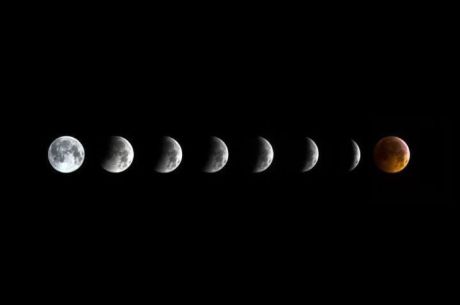One of modern physics’ most cherished ideas is quantum chromodynamics, the theory that describes the strong nuclear force, how it binds quarks and gluons into protons and neutrons, how these form nuclei that themselves interact. This is the universe at its most fundamental.
So an interesting pursuit is to simulate quantum chromodynamics on a computer to see what kind of complexity arises. The promise is that simulating physics on such a fundamental level is more or less equivalent to simulating the universe itself.
There are one or two challenges of course. The physics is mind-bogglingly complex and operates on a vanishingly small scale. So even using the world’s most powerful supercomputers, physicists have only managed to simulate tiny corners of the cosmos just a few femtometers across. (A femtometer is 10^-15 metres.)
of course. The physics is mind-bogglingly complex and operates on a vanishingly small scale. So even using the world’s most powerful supercomputers, physicists have only managed to simulate tiny corners of the cosmos just a few femtometers across. (A femtometer is 10^-15 metres.)
That may not sound like much but the significant point is that the simulation is essentially indistinguishable from the real thing (at least as far as we understand it).
It’s not hard to imagine that Moore’s Law-type progress will allow physicists to simulate significantly larger regions of space. A region just a few micrometres across could encapsulate the entire workings of a human cell.
Again, the behaviour of this human cell would be indistinguishable from the real thing.
It’s this kind of thinking that forces physicists to consider the possibility that our entire cosmos could be running on a vastly powerful computer. If so, is there any way we could ever know?
Today, we get an answer of sorts from Silas Beane, at the University of Bonn in Germany, and a few pals. They say there is a way to see evidence that we are being simulated, at least in certain scenarios.
via The Measurement That Would Reveal The Universe As A Computer Simulation | MIT Technology Review.
First, some background. The problem with all simulations is that the laws of physics, which appear continuous, have to be superimposed onto a discrete three dimensional lattice which advances in steps of time.
The question that Beane and co ask is whether the lattice spacing imposes any kind of limitation on the physical processes we see in the universe. They examine, in particular, high energy processes, which probe smaller regions of space as they get more energetic
What they find is interesting. They say that the lattice spacing imposes a fundamental limit on the energy that particles can have. That’s because nothing can exist that is smaller than the lattice itself.
So if our cosmos is merely a simulation, there ought to be a cut off in the spectrum of high energy particles.
It turns out there is exactly this kind of cut off in the energy of cosmic ray particles, a limit known as the Greisen–Zatsepin–Kuzmin or GZK cut off.
This cut-off has been well studied and comes about because high energy particles interact with the cosmic microwave background and so lose energy as they travel long distances.
But Beane and co calculate that the lattice spacing imposes some additional features on the spectrum. “The most striking feature…is that the angular distribution of the highest energy components would exhibit cubic symmetry in the rest frame of the lattice, deviating significantly from isotropy,” they say.
In other words, the cosmic rays would travel preferentially along the axes of the lattice, so we wouldn’t see them equally in all directions.
That’s a measurement we could do now with current technology. Finding the effect would be equivalent to being able to to ‘see’ the orientation of lattice on which our universe is simulated.
That’s cool, mind-blowing even. But the calculations by Beane and co are not without some important caveats. One problem is that the computer lattice may be constructed in an entirely different way to the one envisaged by these guys.
Another is that this effect is only measurable if the lattice cut off is the same as the GZK cut off. This occurs when the lattice spacing is about 10^-12 femtometers. If the spacing is significantly smaller than that, we’ll see nothing.
Nevertheless, it’s surely worth looking for, if only to rule out the possibility that we’re part of a simulation of this particular kind but secretly in the hope that we’ll find good evidence of our robotic overlords once and for all.
Ref: arxiv.org/abs/1210.1847: Constraints on the Universe as a Numerical Simulation
